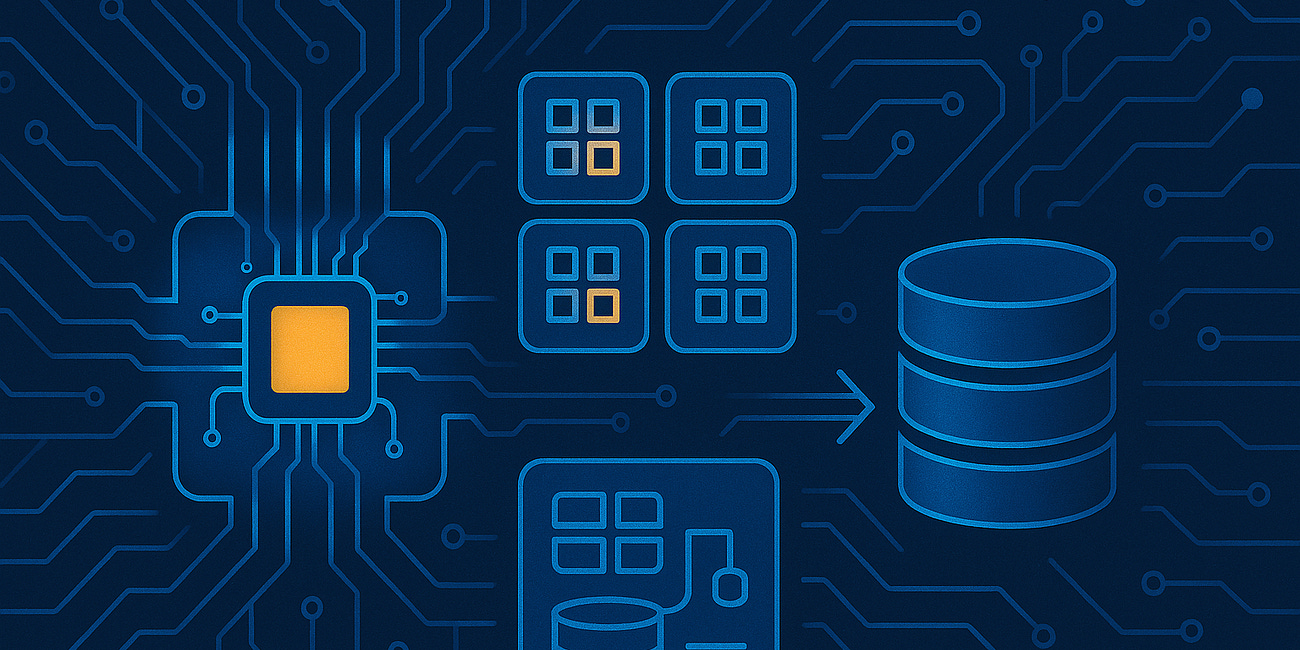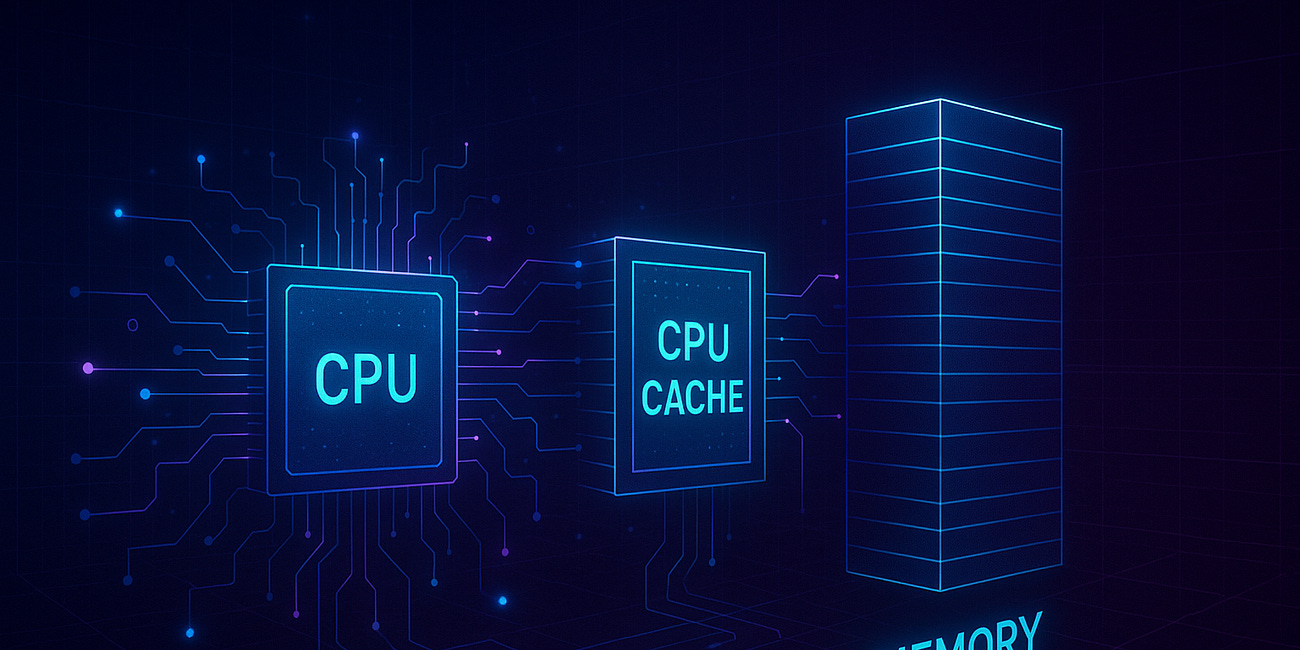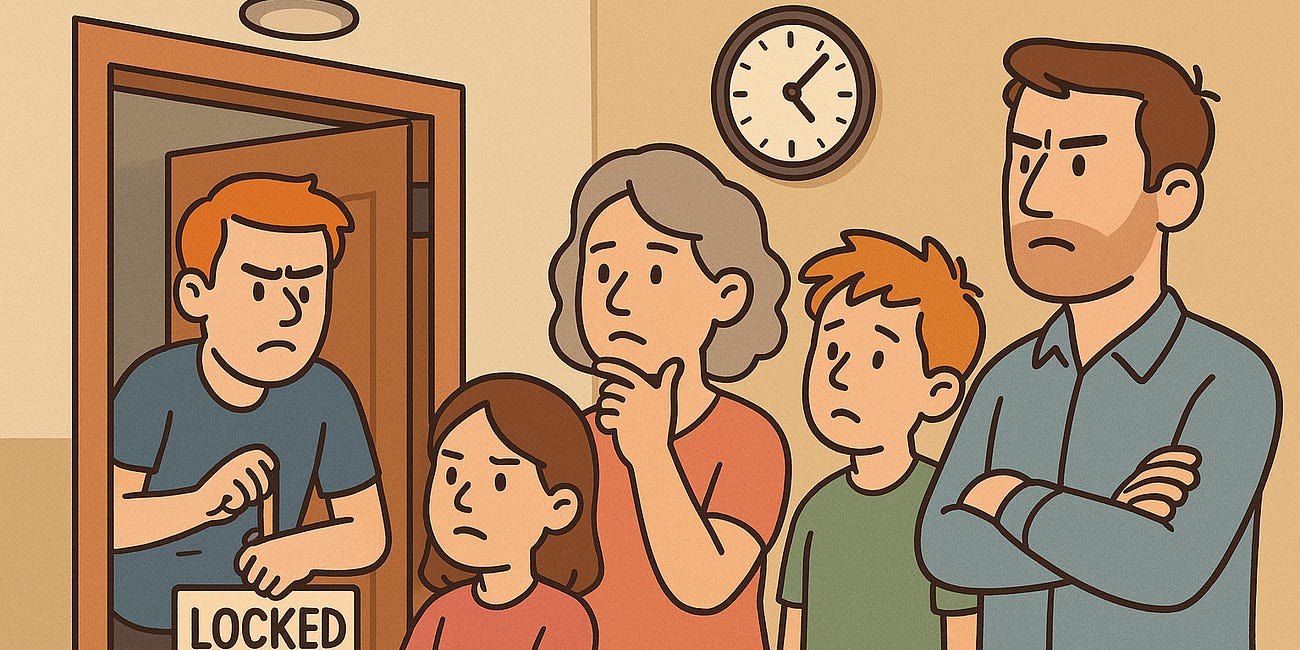System Design
System Design is the process of planning and structuring a software application to ensure it meets functional requirements, scalability, and performance needs. It involves defining system architecture, data flow, components, and interactions between services while considering factors like security, reliability, and maintainability. A well-designed system balances efficiency and flexibility, making it easier to scale and adapt over time.
Mastering Database Keys: primary, foreign, partitioning, clustering, sort and secondary keys explained
AI is everywhere! From personalized shopping recommendations to real-time language translation and self-driving cars - it’s hard to escape the buzz. The headlines are filled with breakthroughs in large language models and generative AI. But behind the scenes, away from the spotlight, there’s a quieter force at work that makes all of this possible:
Sharding vs partitioning vs replication: Embrace the key differences
Modern data systems often deal with huge volumes of information and need to serve lots of users at the same time. To handle this, we use techniques to spread data across multiple places or make extra copies of it. Three common terms you’ll hear are partitioning
Understanding caching: a beginner’s guide
Caching is a technique where frequently used data is stored in a fast-access layer (like memory) so that future requests can be served quickly without recomputing or refetching the data. This dramatically improves application performance and scalability. For example, instead of running the same expensive database query for every request, a server can ca…
Understanding locking contention in computing
Imagine a busy household with only one bathroom. In the morning rush, if one family member is in the bathroom, everyone else has to wait their turn.
Why your database needs an ACID trip to stay in control?
Our trip starts with a small historical background of the ACID properties. Developed in the 1970s by computer scientist Jim Gray, emerged from the need for robust transaction management as databases evolved to handle increasingly complex and critical data operations. At the time, databases were transitioning from simple file systems to sophisticated rel…
BASE of distributed systems
Traditional ACID-compliant relational databases struggled to handle the demands of distributed environments. To address these challenges, CAP theorem postulated that distributed systems could only guarantee two of three properties: Consistency, Availability,
CRUD: The four essential moves every database loves
When you interact with any app - whether it’s browsing products, updating your profile, or deleting a post - you’re relying on the core operations known as CRUD: Create, Read, Update, and Delete. These four actions are the foundation of how apps manage and manipulate data, making them essential for software development. Let’s break down each operation a…
CAP Choices: Pick two and hope for the best
The „unsolvable Rubik’s cube of distributed systems” emerged at a time when the tech world was wrestling with the complexities of scaling systems across unreliable networks. It was the dawn of the 21st century, and the internet’s rapid growth demanded architectures that could handle global traffic without skipping a beat. In this landscape of ambition a…









